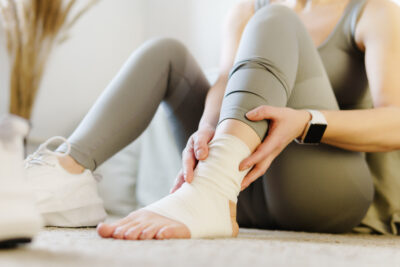Calcium Rich Foods That Your Orthopedist Loves

To prevent osteoporosis, slow its progression, and protect yourself from fractures you should include adequate amounts of calcium and Vitamin D in your diet and exercise regularly. During the growing years, your body needs calcium to build strong bones and to create a supply of calcium reserves. Building bone mass when you are young is a good investment for your future. Inadequate calcium during growth can contribute to the development of osteoporosis later in life. Whatever your age or health status, you need calcium to keep your bones healthy. Calcium continues to be an essential nutrient after growth because the body loses calcium every day. Even if women have gone through menopause or already have osteoporosis, increasing their intake of calcium and Vitamin D can decrease the risk of fracture. Vitamin D is key as it assists your body to absorb calcium – the two go together. How much calcium you need varies depending on your age and other factors. The National Academy of Sciences provides recommendations regarding daily intake of calcium:
- Males and females 9 to 18 years: 1,300 mg per day
- Women and men 19 to 50 years: 1,000 mg per day
- Pregnant or nursing women up to age 18: 1,300 mg per day
- Pregnant or nursing women 19 to 50 years: 1,000 mg per day
- Women and men over 50: 1,200 mg per day
Dairy products, including yogurt and cheese, are excellent sources of calcium. An eight-ounce glass of milk contains about 300 mg of calcium. Other calcium-rich foods include sardines with bones and green leafy vegetables, including broccoli and collard greens. There are a number of foods, nutrients, and vitamins, besides calcium and vitamin D, that help to prevent osteoporosis and contribute to bone, muscle and joint health, including protein, fruits and vegetables, and other vitamins and minerals such as B Vitamins, Vitamin K and Zinc. For more information, consult with your orthopedist at Direct Orthopedic Care.




